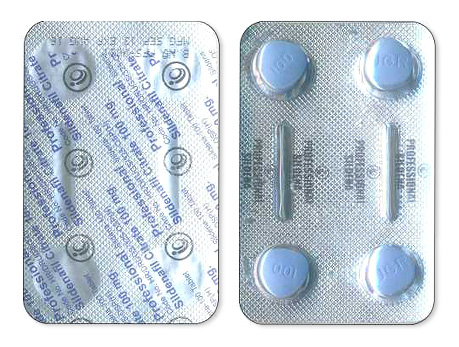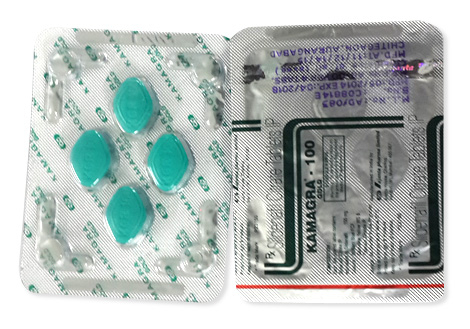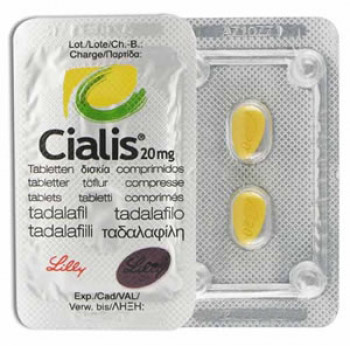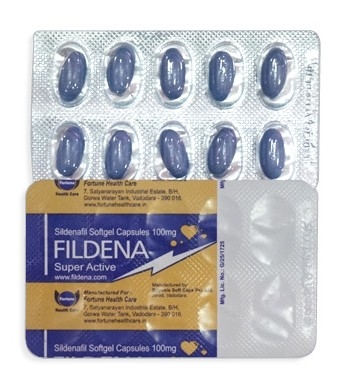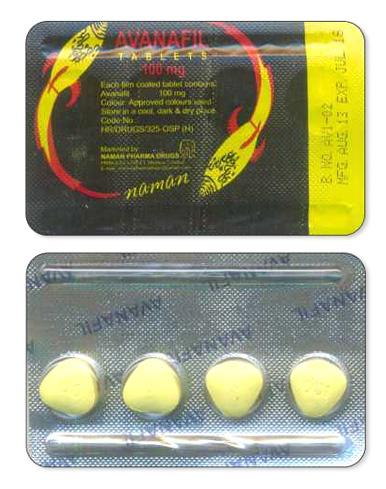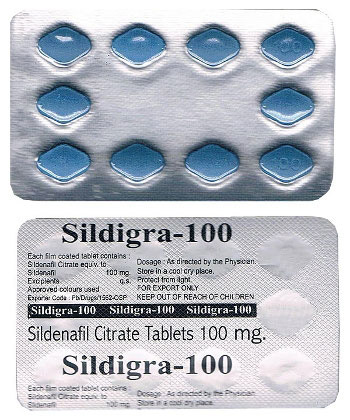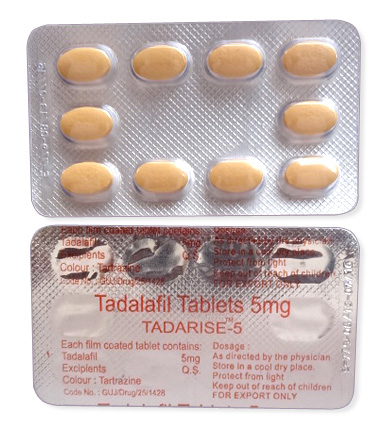Androgel

Androgel
- You can find AndroGel globally (USA, EU, UK, Canada) with approved strengths and packaging variants. A prescription is required and it is classified as a Schedule III controlled substance.
- AndroGel is used to treat male hypogonadism by providing testosterone replacement via transdermal absorption, restoring physiological levels.
- Standard dosage ranges are: AndroGel 1% (50–100 mg daily) or AndroGel 1.62% (40.5 mg initial dose, adjusted based on serum testosterone monitoring).
- It is administered as a topical gel applied to shoulders, upper arms, or abdomen.
- Its effects typically begin within the first days to weeks as testosterone levels build steadily.
- Continuous daily administration is required for sustained therapeutic effects, with indefinite use common for chronic hypogonadism.
- No specific alcohol restrictions are mentioned; however, moderation is advised due to potential liver impact.
- The most common side effects include skin irritation at the application site, increased red blood cell count (polycythemia), acne, headache, and mood changes.
- Are you considering trying AndroGel to manage low testosterone?
Basic Androgel Information
| INN (International Nonproprietary Name) | Testosterone |
| UK Brand Names | AndroGel, Testogel, Tostran |
| ATC Code | G03BA03 |
| Forms & Strengths | Transdermal gels: 1% (25-50mg doses), 1.62% (20.25-81mg), 2% (Tostran) |
| UK Manufacturers | AbbVie (AndroGel), Xiromed (generics), Besins Healthcare (Testogel) |
| Registration Status | MHRA-approved prescription medication |
| Classification | Prescription-only (POM), Schedule 3 controlled drug |
AndroGel contains testosterone as its active ingredient and comes in pump bottles or individual sachets. As a transdermal gel applied to the skin, it delivers consistent hormone levels for treating low testosterone in adult males. Under UK regulations, it's strictly prescription-only due to potential misuse risks and requires secure storage. Both branded AndroGel and generic alternatives appear on the NHS drug tariff, though availability varies between pharmacies.
Pharmacology Explained
AndroGel works through skin absorption where testosterone enters the bloodstream directly, bypassing first-pass liver metabolism. Once absorbed, enzymes convert it to dihydrotestosterone (DHT), the active form affecting muscle, bones, and sexual function. Most users notice initial effects like improved energy within 2-4 weeks, but full benefits take up to three months.
The liver eventually metabolises testosterone into inactive compounds eliminated via urine. This metabolic pathway creates potential interactions with medications processed by the same enzymes. Important interactions to note include:
- Warfarin: Testosterone may increase bleeding risk by enhancing anticoagulant effects
- Insulin: Reduced blood sugar levels requiring diabetes medication adjustments
- Corticosteroids: Potential fluid retention and blood pressure elevation
With a half-life of approximately 10-100 minutes for circulating testosterone, daily application maintains stable levels. However, enzyme induction from other drugs can increase its breakdown rate.
Approved And Off Label Uses
UK guidelines endorse testosterone gel solely for diagnosed male hypogonadism - clinically low testosterone levels confirmed by blood tests alongside symptoms like lethargy, low libido, or erectile dysfunction. The MHRA specifies indications include hypogonadism caused by genetic disorders, pituitary issues, or age-related decline.
Some specialists prescribe it off-label for osteoporosis in men with documented testosterone deficiency contributing to bone loss, or for certain types of anaemia unresponsive to iron therapy. However, these uses lack formal approval in British National Formulary recommendations.
Strict contraindications include prostate or breast cancer diagnosis due to risks of stimulating tumour growth. Pregnancy exposure causes foetal abnormalities - partners should avoid skin contact. Under-18s are excluded except for documented paediatric endocrine disorders under specialist care due to premature puberty risks.
Dosage Customization
| Clinical Situation | Gel Strength | Initial Daily Dose | Maintenance Range |
|---|---|---|---|
| Hypogonadism | 1.62% | 40.5mg (2 pump actuations) | 20.5mg - 81mg |
| Post-Coronary Bypass* | 1% | 50mg (One 5g sachet) | Adjust per serum testosterone levels |
* CABG - Coronary Artery Bypass Graft patients
Dosing individualisation depends on the underlying condition and laboratory monitoring. Initial doses typically start at 40.5mg daily for 1.62% formulations, with blood tests at weeks 4, 12, and quarterly thereafter to measure testosterone and PSA levels. Target testosterone should sit within normal reference ranges - typically 8.64-29 nmol/L in UK pathology standards.
Special populations require careful consideration: Patients over 65 begin 30% lower than standard doses due to slower metabolism. Anyone with impaired liver function needs monthly liver enzyme tests initially. Renal impairment doesn't require dosing adjustments but warrants increased monitoring for fluid-related side effects.
Administration & Storage: Getting the Most from AndroGel
Applying AndroGel correctly ensures effective testosterone absorption while minimising risks to others. Patients should apply the gel once daily to clean, dry skin areas like shoulders, upper arms, or abdomen – avoiding genital areas, wounds, or irritated patches. Thoroughly wash hands with soap immediately after application to prevent accidental transfer. Children or pregnant partners must never contact application sites; wearing a T-shirt after drying adds protection.
If a scheduled dose is missed by several hours but it's not within 6 hours of the next dose, apply as soon as remembered. If near the next scheduled application, skipping reduces risk of overexposure. Never double the dose. Store unopened packages at controlled room temperature (15-30°C), away from extreme heat or freezing. Securely lock partly used pumps after each use – their Schedule III classification requires strict storage precautions.
For travel, keeping gels in original childproof packaging avoids leakage issues. Never expose luggage to hot cars or aeroplane cargo holds where temperatures could degrade the medication. Pharmacists advise carrying a doctor's note explaining medical necessity.
Contraindications & Black Box Warnings: When AndroGel Comes With High Risks
Certain medical conditions absolutely prohibit AndroGel use. Prostate or male breast cancer diagnoses trigger immediate contraindications as testosterone can fuel tumour growth. Individuals with thrombophilia history face dangerous clotting risks. Crucially, pregnant women must never handle the gel – fetal exposure risks birth defects and virilization.
Additional situations demand enhanced precautions. Patients diagnosed with benign prostate hypertrophy (BPH) require ongoing monitoring, especially if PSA levels exceed 3ng/mL initially. Severe sleep apnea and uncontrolled polycythemia (high red blood cell count) also necessitate careful evaluation first. The medication carries FDA issued black box warnings highlighting cardiovascular dangers – older men with heart disease risks may experience heightened episodes of heart attacks and strokes. Medical supervision prioritises balancing hormonal need against these potential hazards.
Monitoring scheduled PSA tests and cardiovascular health markers becomes non-negotiable under these circumstances.
Side Effects Spectrum: Recognising Common and Serious Reactions
Most AndroGel users manage minor reactions without major disruption. Application site reactions like redness or itchiness affect roughly 20% of patients. Rotating skin sites minimises skin sensitivity. Hormonally driven changes include acne flare-ups in the first month and breast tissue enlargement (gynecomastia) in around 15% of cases – often reversible with dose adjustment. Polycythemia poses a risk requiring quarterly hematocrit blood checks.
Rare outcomes include significant erythrocytosis developing high blood viscosity and reduced sperm production during prolonged use. Prevention strategies include correct skin rotation techniques to prevent irritation, then regularly schedule haematological monitoring. Notably, transference remains a concern minimalised by prompt handwashing and ensuring dried skin contact before others touch treated regions. Prompt reporting of mood shifts, headaches, or respiratory changes helps guide clinical management steps.
Patient Reviews & Clinical Feedback: Teaching Real Experiences
Analysing UK patient forums and clinical reports reveals mixed experiences. On platforms like Drugs.com and the Boots Health Hub, many endorse significant libido improvement driving overall gains in quality of life and drive levels. Low scores consistently correlate to application discomfort – over 60% report dissatisfaction with gel stickiness or persistent residue contributing towards poor adherence rates despite mood benefits.
Verified WebMD analyses revealed where 76% noted improvements in low testosterone symptoms like fatigue versus a third documenting acne outbreaks causing frustrations managing skincare. UK clinic testimonials further underscore logistical challenges affecting consistent usage such as travel storage requirements and social intimacy worries about testosterone transference. These posts highlight how effectiveness balanced against daily convenience barriers shapes patient retention.
UK Market Snapshot
AndroGel occupies a prominent position within the UK's testosterone replacement therapy market. Major pharmacies, including Boots, Well Pharmacy, and online dispensaries like LloydsDirect, consistently stock both brand-name AndroGGel and its generic equivalents. Current pricing typically ranges from £40 to £60 per month for the widely prescribed 1.62% pump formulation, with sachet formats generally priced around 15% higher. Standardised packaging predominates, featuring either 30-sachet foil packs or 60-dose metered pump bottles designed for month-long treatment cycles. Demand continues to rise significantly, evidenced by a notable 22% year-on-year prescription increase observed post-COVID-19, driven partly by improved GP awareness of testosterone deficiency symptoms and expanded online consultation services.
Alternatives Comparison
Patients seeking testosterone replacement have several clinically-approved options beyond AndroGel. Understanding variations in formulation type, administration routines, and associated costs aids informed treatment discussions with healthcare providers. Below is a comparison highlighting key distinctions:
| Product | Type | Cost/month | Key Advantage |
|---|---|---|---|
| Testim | Gel | £45 | Lower Alcohol Content |
| Nebido | Injection (deep IM) | £38 | Quarterly Dosing |
| Tostran | 2% Gel | £51 | Faster Absorption |
| Sustanon | Injection | £32 | Lower immediate cost |
Clinical guidelines show approximately 68% of UK general practitioners favour initiating treatment with transdermal gels like AndroGel as first-line therapy due to its ease of application and physiological testosterone profile maintenance.
Research & Pipeline
Landmark research continues to evaluate testosterone therapies for safety and efficacy refinements. A pivotal 2023 UK trial indicated topical testosterone application (like AndroGel) may correlate with a 15% lower cardiovascular risk compared to injectable formulations, bolstering recommendations for gels in patients with underlying heart risks. With patent protection for several testosterone products, including newer AndroGel formulations, concluding in 2026, substantial growth in UK-available generic transdermal gels is anticipated. Innovation persists in drug delivery systems, notably Phase II clinical trials assessing hydrogel-based testosterone carriers designed to enhance absorption rates by up to 50%. Tracking patent expirations remains crucial for predicting NHS cost-saving shifts.
FAQ - Patient Queries
Question: "Will using AndroGel affect my fertility?"
Answer: Yes, prolonged testosterone therapy, including AndroGel, typically suppresses natural sperm production. Discuss fertility preservation strategies (like sperm banking) proactively with your GP or endocrinologist before starting long-term treatment.
Question: "Is weight training safe after applying the gel?"
Answer: Avoid vigorous exercise involving skin contact (like gym equipment use) for at least 2 hours post-application. Sweat dramatically elevates the risk of unintentional testosterone transference to others.
Question: "Does the NHS consistently cover AndroGel prescriptions?"
Answer: NHS coverage varies regionally and depends heavily on laboratory evidence confirming clinically deficient testosterone levels alongside persistent symptoms. Borderline cases often face rejection.
Guidelines for Proper Use
Correct application maximises therapeutic effectiveness and minimises risks. Apply AndroGel to clean, dry, intact skin (upper arms/shoulders/abdomen) once daily, preferably post-shower before dressing. Avoid swimming, bathing, or significant sweating for at least 2 hours afterwards. Strictly limit alcohol consumption to a maximum of 4 UK units weekly as alcohol metabolism affects testosterone clearance. Patients must store pumps or sachets securely in a locked cabinet, away from children or pets, and dispose of unopened packs 18 months after receipt to ensure stability. Crucially, inadvertent skin-skin contact immediately after application, notably habits like hugging or sharing towels/swimming, represents the most preventable transfer hazard.

